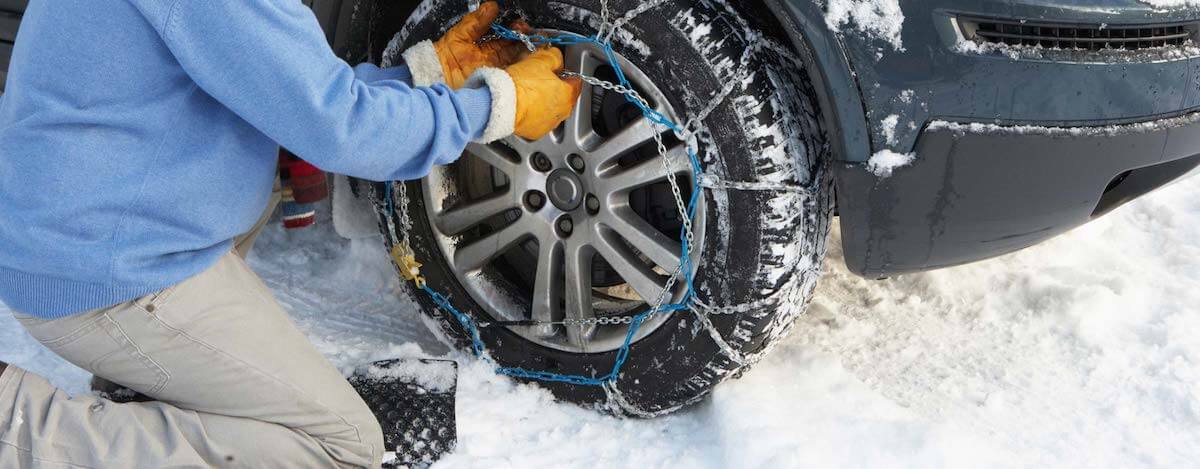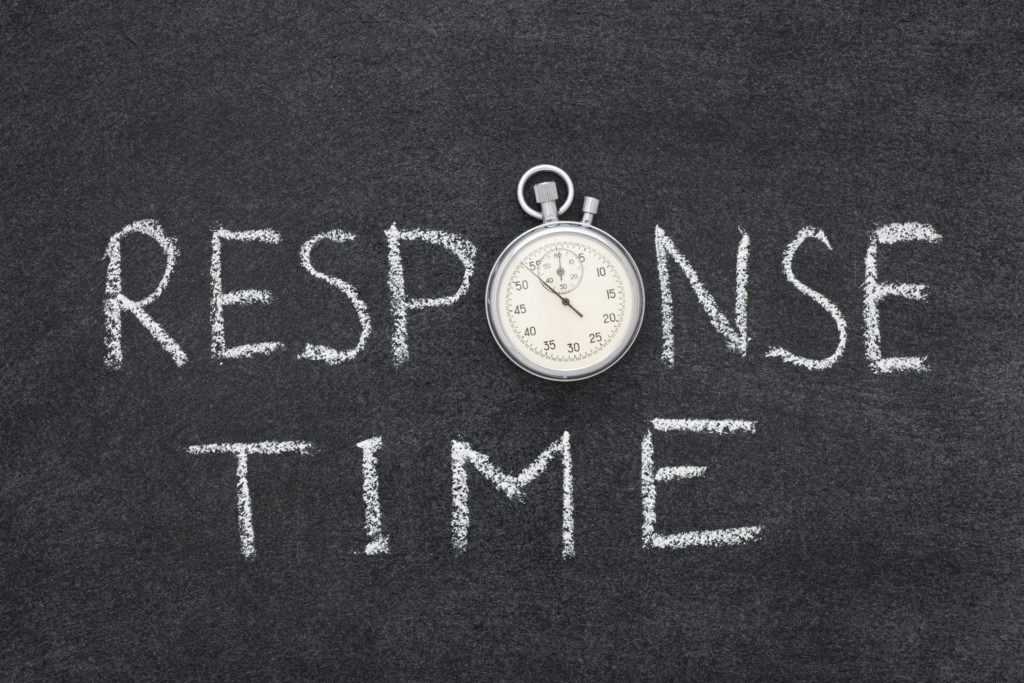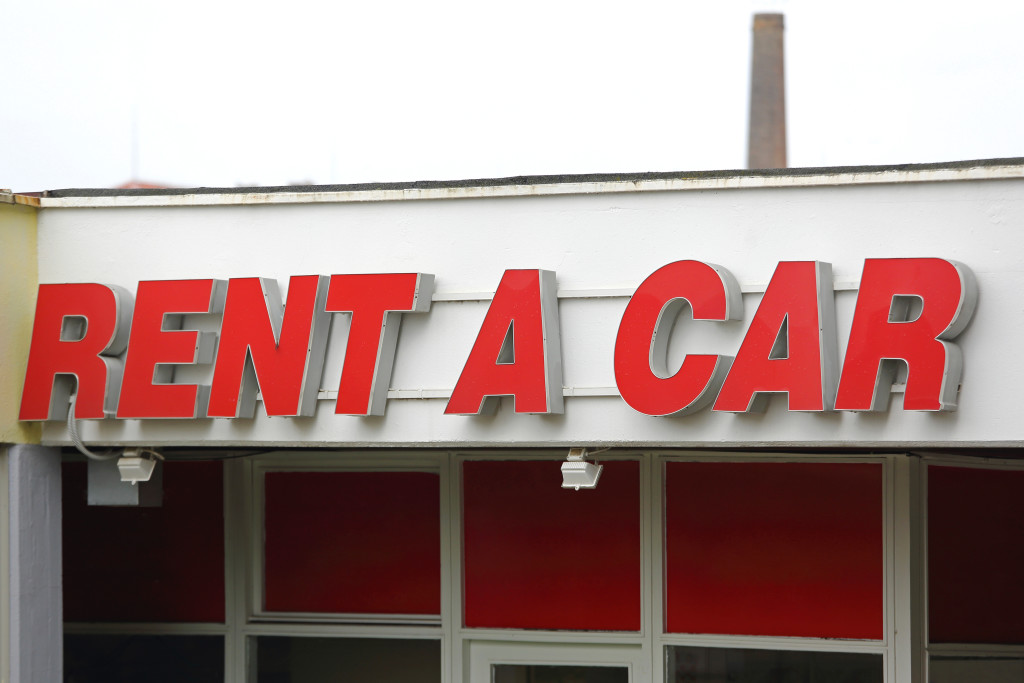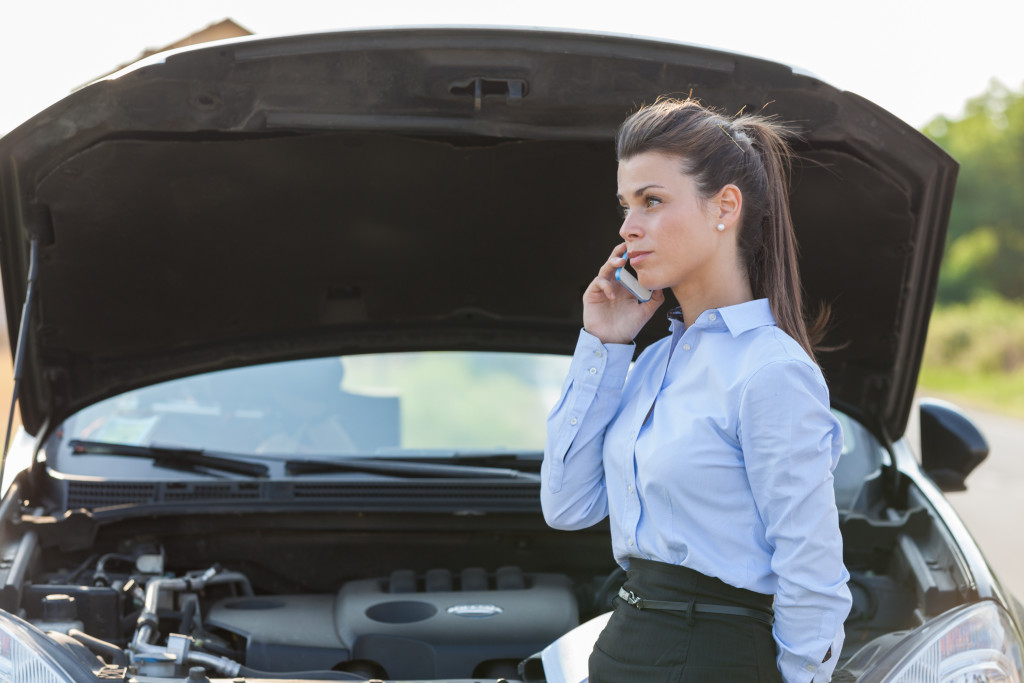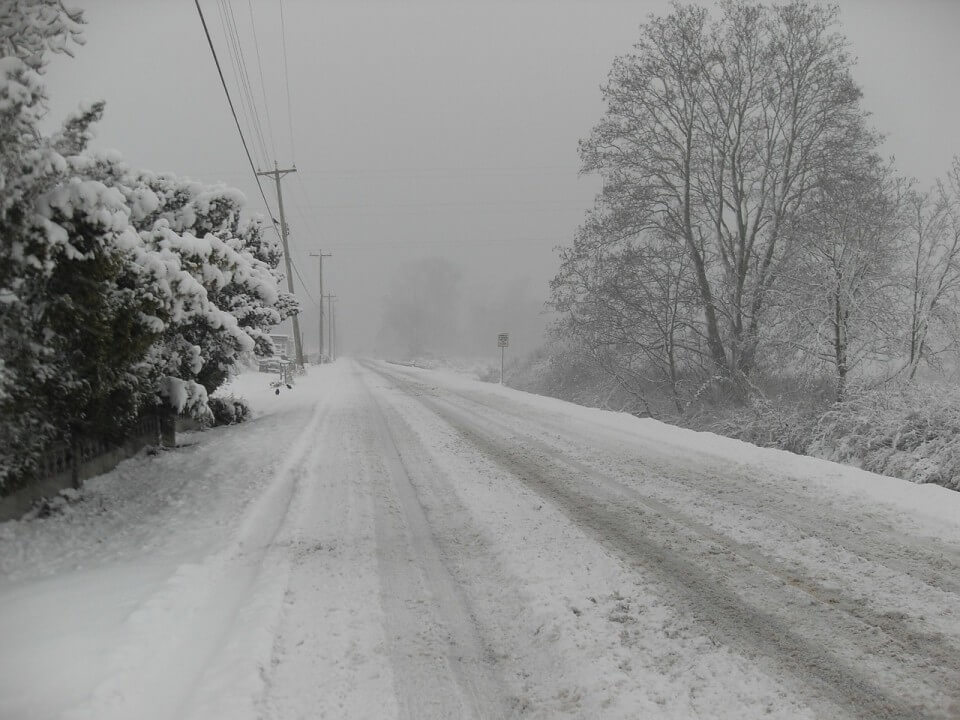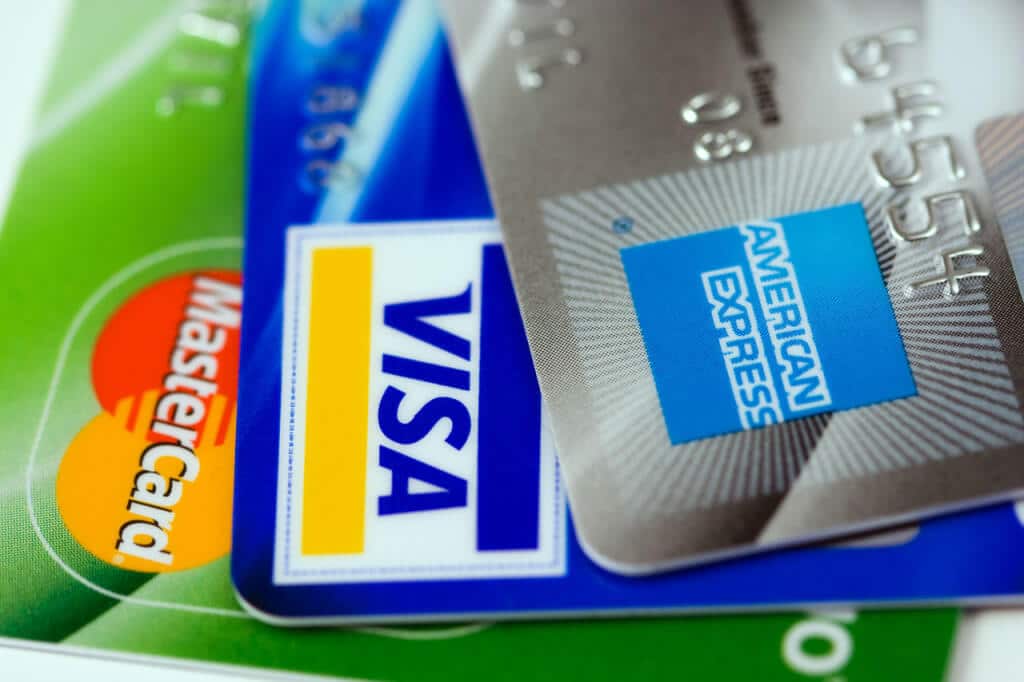Every year more than a half million people make the trek to Daytona Florida for the annual Bike Week. This year, the 76th Annual Bike Week kicks off on Friday March 10, 2017 and continues through Sunday March 19. Throughout the 10-day festival, motorcycles fans from across the county can share their appreciation for all things bike related while enjoying everything from concerts to rallies. Of course the best way to get to Bike Week is on your motorcycle, and once there a great deal of time is spent on rides. When logging so many hours on the road it’s crucial to make sure you protect yourself from mechanical breakdowns while on the road.
The best way to protect your bike and yourself from mechanical breakdowns, accidents, and other vehicle problems is to make sure you perform routine maintenance on your motorcycle before heading out, to make sure you are aware of your surroundings and inattentive drivers while you are out, and finally to purchase roadside assistance coverage in case any emergencies along the way.
Before heading to Bike Week make sure your motorcycle is in top shape. Take care of routine maintenance issues like checking and replacing air filters, inspecting tire tread and pressure, checking fluid levels, inspecting brakes, making sure your battery is charged, and inspecting all lights and cables. Performing these routine maintenance tasks helps insure that your journey to Bike Week and your rides once arriving go smoothly.
Once your bike is running smoothly and you are on your way make sure that you are aware of your surroundings. If you are traveling a great distance, know what type of weather conditions you may encounter on the way there or back. In many areas pockets of winter weather may still pop up in early to mid-March. Be prepared for this if your route to Bike Week takes you through these areas. Additionally, remember that other drivers on the road may not be attentive. You need to be extra vigilant when riding in traffic and make sure you are driving defensively.
Regardless of how well you maintain your motorcycle mechanical emergencies can sideline you, and no matter how vigilant you may be accidents can happen. Having roadside assistance coverage for your motorcycle insures that you will never be left stranded on the side of the road. Best Roadside Service is one of the few TOP RATED providers of motorcycle roadside assistance. The motorcycle roadside assistance plans offered from Best Roadside Service provide all the traditional roadside assistance benefits for your motorcycle including; 24/7 coverage anywhere in the USA and Canada, emergency towing service via flatbed, battery jumpstart service, up to 3 gallons of fuel delivery ( gas is free!), and emergency personal assistance such as access to trip and routing services, VIP discounts for travel services and hotels, and concierge service to help you plan your trip to Bike Week.
Performing routine maintenance tasks and being attentive while on the road can go a long way towards protecting you while you ride. Purchasing a roadside assistance plan for your motorcycle can provide you with the peace of mind necessary to enjoy your trip to this year’s Bike Week.






